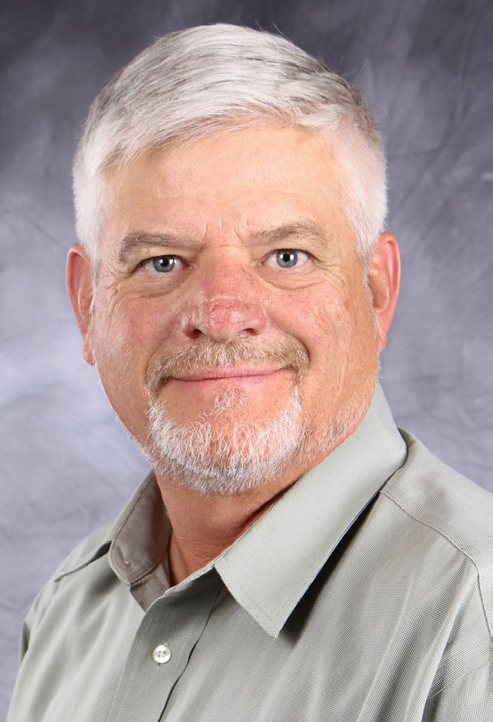Years working in irrigation: 23
Years as manager: 16
Number of employees: 220
Size of service area in acres: 270,000 benefitted; 60,000 directly serviced
Amount of water diverted for irrigation per year in acre-feet: 300,000
Main crops irrigated: Alfalfa, pasture, forage crops, corn, oats
Predominant irrigation methods: Flood, drip
 Irrigation Leader: What’s the top issue facing your irrigation district today?
Irrigation Leader: What’s the top issue facing your irrigation district today?
Mike Hamman: The preservation of agricultural land. We’re in the highly urbanized metro area of Albuquerque. New Mexico requires that junior groundwater pumping serving municipalities and industrial uses must acquire senior surface water rights to offset the direct and indirect effects on the flow of the Rio Grande. We have lost 15,000–20,000 acres of highly productive agricultural land to water rights transfers, and the district is actively trying to minimize disruption to agriculture while supporting regional development.
Irrigation Leader: What future issues are you preparing for?
Mike Hamman: The district needs to engage in a reasonable water planning process to explore how parties in the region can collaborate in preserving agricultural operations. We also need to prepare for a more variable water supply situation. We have noticed since the mid-1980s that we are facing a long-term reduction in the amount of dependable snowmelt runoff. We are also looking at the management and recapture of monsoonal storm events, which have become higher in intensity, causing flooding problems and property damage. Overall, we’re looking at an array of options to prepare for climatic changes, including increases in temperatures.
Irrigation Leader: What are your top issues regarding personnel?
Mike Hamman: Number 1 is hiring and retaining qualified staff. We have a fairly high rate of turnover, with operational staff requiring higher pay and benefits to be competitive with the improving job market. Many irrigation district managers and staff are approaching retirement, myself included, so it is critically important to actively develop a plan of succession to encourage younger people to pursue this interesting career path.
Irrigation Leader: What training do you currently provide your employees?
Mike Hamman: The district has an array of training programs. We have employees who are required to maintain their Professional Engineer licenses and other certifications with ongoing requirements in safety and equipment operations. The district is also rolling out a comprehensive performance management plan that will include point-in-time training for staff as they progress along their career paths and as identified in their performance plans. Our administrative and management staff also need work-order and financial-management-system training for day-to-day operations.
Irrigation Leader: How much do you spend on training for your employees each year?
Mike Hamman: Of our $22 million annual budget, we set aside roughly $200,000 annually for training and certifications.
Irrigation Leader: What is the most important thing you have learned as manager?
Mike Hamman: The district is a quasigovernmental agency under the state, so it is a public entity. There is a lot of overlap with what other federal, state, and local governments are doing, so transparency, communication, and networking at all levels are important for managing an entity of our size and mission.
Irrigation Leader: What are the top skills needed to be a successful manager?
Mike Hamman: They include having a strong awareness of the diversity of the staff and the views they hold, engaging in positive team building, and reinforcing the desired traits and goals needed to accomplish the organization’s mission. It is important to resist the tendency to micromanage processes. Trust your team to perform. Even if mistakes are made, people can learn and adjust. Strive to keep people informed and do the utmost to plan for the future in a detailed manner.
Mike Hamman is chief executive officer and chief engineer of the Middle Rio Grande Conservancy District in Albuquerque, New Mexico. For more about the Middle Rio Grande Conservancy District, please visit www.mrgcd.com.
